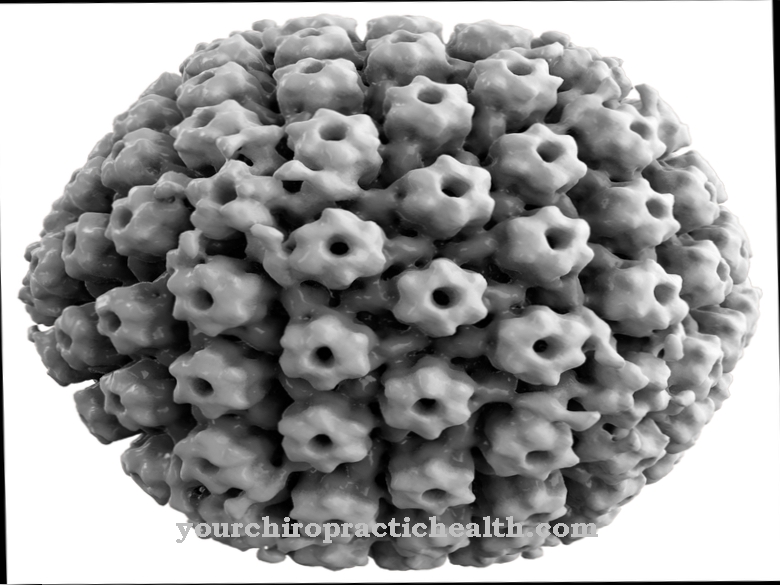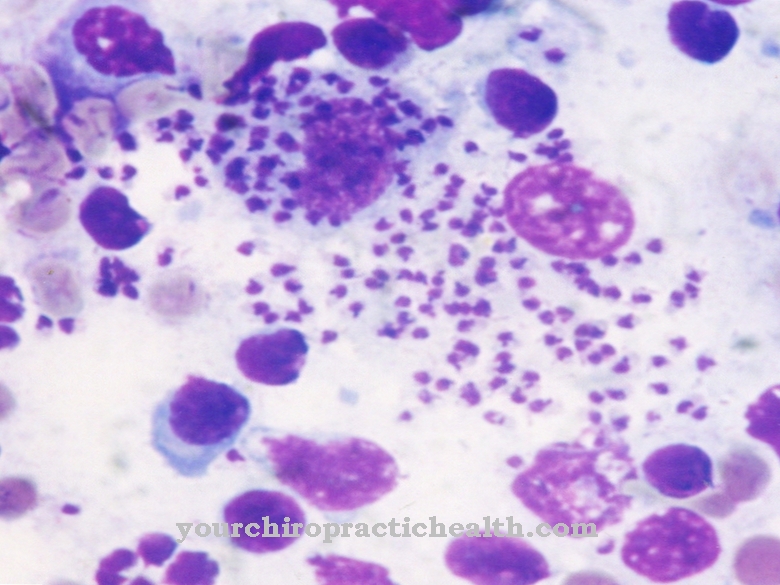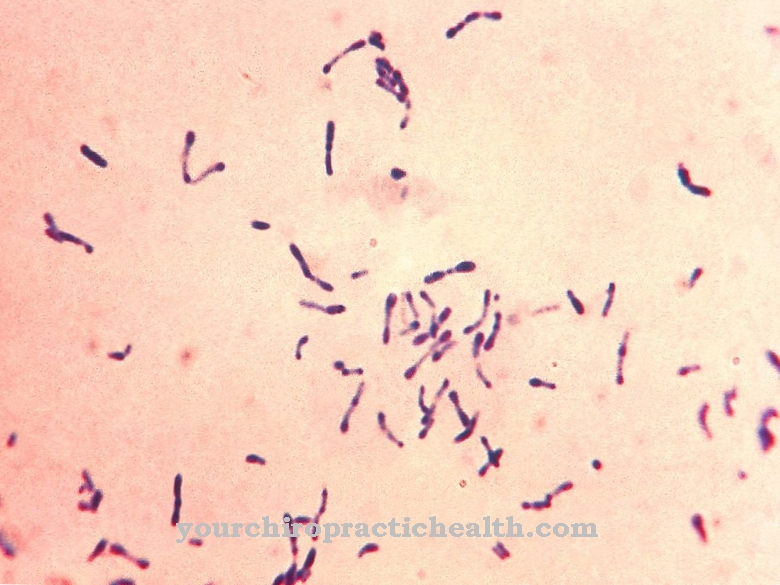Yeasts are eukaryotic protozoa. There are currently around 60 different genera of Yeasts known with 500 species.
What are yeasts?
Yeasts are unicellular fungi. Since they have a cell nucleus, they belong to the group of eukaryotes. Since the yeasts multiply by splitting or sprouting, they are also called sprout fungi. Most of the mushrooms belong to the Ascomycota. But also different development stages of other fungi are called yeasts.
In contrast to bacteria, yeasts have the complex cell structures of eukaryotes. They have complex membrane structures, have chromosomes and cell organelles such as mitochondria and endoplasmic reticulum.
Most yeasts are facultatively anaerobic. They prefer life when oxygen is available, but they can also exist without oxygen. With oxygen, the yeasts use the oxidative energy metabolism. They can produce carbon dioxide and water from various types of sugar. In the absence of oxygen, the yeasts also utilize sugar, but they only produce alcohol and carbon dioxide.
Occurrence, Distribution & Properties
Yeasts are widespread in the environment, so that humans are actually constantly confronted with them. With a normal diet, it is difficult to prevent yeast from entering the intestines. Vegetable components of food in particular are naturally contaminated with yeast.
The yeast Geotrichum candidum is often found on the skin of pome fruit. Grapes and soft fruits also have a wide variety of mushrooms on their surface. Fresh raw vegetable salads are often particularly polluted. According to the recommendations of the German Society for Hygiene and Microbiology (DGHM), ready-to-eat salads, such as those offered at salad counters, may contain up to 5,000,000 colony-forming units per gram. A raw vegetable salad weighing 200 grams can therefore contain several billion yeasts.
The yeasts have a high resistance to gastric acid, so it can be expected that the majority of the fungi will also reach the intestinal tract. Normally, digestive enzyme killing occurs in the intestine. Some specimens of the yeast also survive this. Usually, however, the yeasts do not succeed in settling permanently in the intestine with intact colonization resistance.
To this day, researchers and scientists argue whether yeasts and molds are part of the normal intestinal flora or not. So far, they have been assigned to the transient flora. This means that although they pass through the intestinal tract, they do not remain permanent residents. Even so, a certain percentage of the population will always find yeast in their stool. As a rule, the number of germs does not exceed 10² colonization-forming units per gram of stool. Useful functions of yeasts are not yet known.
Illnesses & ailments
Conversely, however, fungi in the body do not necessarily lead to disease. Yeasts are therefore not one of the obligatory pathogens. They only acquire a pathogenetic relevance when the body is weakened. This weakness can be due to childbirth, old age, immunosuppression, diabetes mellitus, surgery or stress.
If the infection is limited to certain areas or organs, it is referred to as local infection or organ mycosis. Spreading through the bloodstream, however, is called systemic mycosis. Most fungal infections are found in the intestine. As part of stool examinations, the yeasts Candida albicans, Candida tropicalis, Candida glabrata, Candida krusei and Geotrichum spp. most frequently detected. The species Candida stellatoidea, Candida parapsilosis, Candida guilliermondii and Candida lusitaniae are less common. The dominant species is the Candida albicans.
If the intestinal mucosa and the colonizing colonial resistance allow, the yeasts adhere to the intestinal mucosa. Yeasts are extremely adaptable. They change their appearance depending on the pH value, oxygen content and nutrient supply. Because of this antigen variability, they often escape the body's immune defense. The transformation into a thread-like form is particularly feared. The so-called pseudohyphae not only adhere particularly well, they can also grow into the mucous membrane.
As the yeasts multiply in the intestine, there is an increased attack of dead cells. These cells decay, releasing antigens. The antigens enter the bloodstream via the damaged intestinal mucosa. If there is an allergic disposition, you can cause allergies here.
In addition, the yeasts produce ethanol and fusel oils as well as isoamyl alcohol or isobutanol under certain conditions when using carbohydrates. The liver is massively stressed by the fusel alcohol, especially if the fungus has been infected for a long time.
Recent studies indicate that the yeast Candida albicans produces not only alcohols but also toxins. Animal experiments have shown that these toxins damage lymphocytes, enterocytes and glial cells.
However, candidiasis cannot only occur in the intestine. Different types of Candida also live in the throat or esophagus. In the mouth, the lining of the mouth under dentures is particularly affected. In so-called thrush (candidosis), the tongue is covered with a white layer of fungus.
An infection of the vagina with yeast is also known as vaginal mycosis. Colloquially, the disease is simply called vaginal thrush. As a rule, Candida albicans is the culprit here too. Vaginal mycosis is a white discharge that is itchy. White deposits that cannot be wiped off become visible on the vaginal mucosa. The changes in the skin can extend to the inside of the thighs and cause severe itching there. Fungal infections of the vagina often occur in combination with bacterial vaginal infections.




.jpg)












.jpg)



.jpg)

.jpg)




